MG built these J2s from 1932 to 1034 and only made about 2,000 so they are somewhat rare. The mechanical brakes work OK but the drums are tiny so brakes could be an issue. The 847 cc inline 4 OHV engine has only 2 main bearings, so broken crankshafts are common. This MG is for sale on eBay with a BIN of $10,000 with bidding to start at $1,000. It is mostly complete and some spare parts are included.
That conspicuous hole in the dash is where the switch panel should go. The condition of the upholstery is in contrast to the state of the rest of the car.
Here’s where the engine should be. It’s long gone and there’s an English Ford flathead engine in its place. The original engine looks really unusual. The overhead cam is driven by a vertical shaft is the armature of the generator. The generator is mounted vertically on the front of the engine. If, or when, the camshaft seal on the head leaks, oil drips into the generator. Then you discover a new meaning for firing up your engine. That wire mess looks bad even for an English car.
Here you can see the generator on a restored engine. Are there other cars beside MG that are configured this way? This configuration would make conversion to an alternator in the original configuration a real challenge, if not impossible.
Here you can see the fenders clearly. Early J2s had cycle fenders. These fenders are an style that MG used into the 1950s. It would be messy to be rear ended in this car with the gas tank protected by only the spare wheel. Hopefully there is a collector out there with deep pockets who will find this worth restoring. It will be a real challenge. Parts could be difficult to find but perhaps some of the bits included are usable.
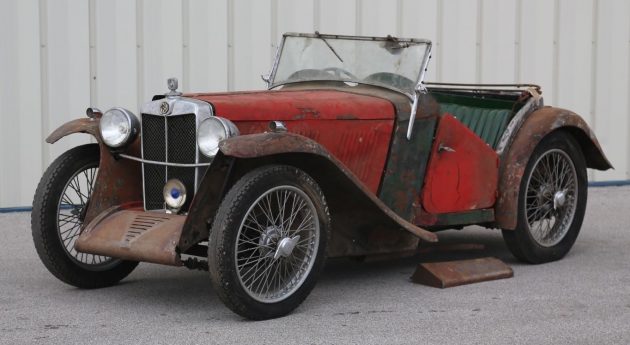
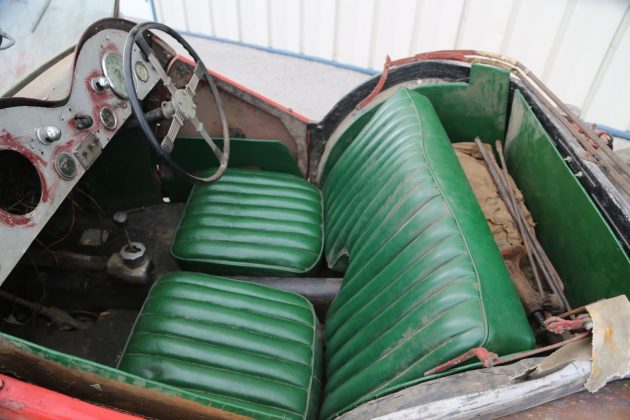
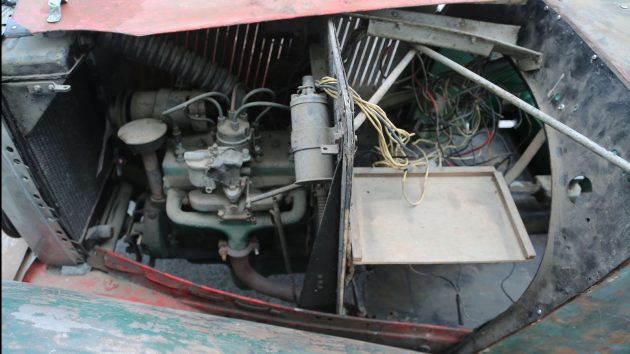
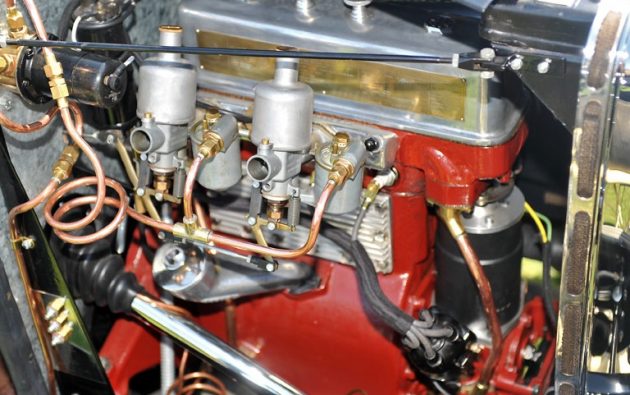
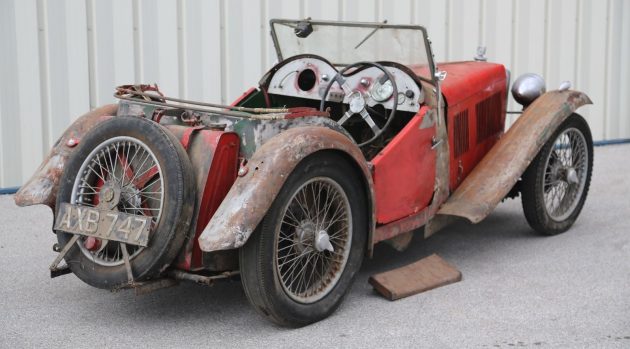
If you would be so kind as to fetch me my driving gloves, my scarf, and my goggles….I fancy a drive on the motorway. I will be prompt for crumpets and tea directly afterwards.
Part it out so the others go up in value…
We restored the J2 shown in the correct engine photo and we currently have six J2’s in the shop (one being another one of mine) undergoing complete restorations. These car are tight, light, nimble, and when properly restored are a surprisingly complete hoot to drive – up to 58mph or so.
Complete original OHC engines are still around (I have ONE) but expensive to rebuild. With modern internals they can be made bullet proof. Add a blower up front and the small cross flow OHC engine becomes magical with about 8psi boost.
This one for sale is a later model with swept wings to keep the occupants drier and cleaner. Nowadays, many people retrofit the earlier cycle wings for the classic early J2 look on these later ones. There’s a great following for J2’s and other OHC MG’s, with a surprising number still in existence. Parts are available.
We have had several J2’s invited to The Amelia Island Concours and they are seriously cool little sports cars when properly restored. Follow Safety Fast Restoration on Facebook for more information.
Great information, MGTOMMM, thanks!
MG was certainly advanced to build the J2 in the year 1034 as it even pre-dates the Magna Carta!
(see your typo)
The fuel tank is really vulnerable. At least we now know where Ford got the design for the tank on the Pinto!
I have to say that I also like the temperature gauge, and the fact that the needle is pointing towards “Normal”.
MG sure knew how to make cute little roadsters!
I have returned from a joyous jaunt on the motorway with the MG and am prompt for tea as promised…..
Logic tells me that the MG 4 banger musta had 3 main bearings, front, rear and middle with 2 connecting rods on each side of the center main. Let me know, readers. The old original Chevy 6 I had in an old ’30 Chevy truck had 3 as well, That means that 3 connecting rods were on each side of the center main. :-) Terry J
Terry I think your are correct about the three mains but think of the 750cc Austin 7 with only two mains for four cylinders. At high revs with a bending crankshaft it could have been 800cc (possibly one of the first rule braking cars).
Just for the record…the British registration number AXB 747, tells you it was origionally registered in London, possibly in late 1933.
XB = London. AXB 1 to 999 were issued between Nov.1933/Jan1934.
Front main. Rear main. That’s it. 847cc. 57mm bore.
Billet cranks are popular and quite happy to around 7,000rpms.
The tiny 8″ cable brakes can be easily upgraded to big P-type 12″ brakes. Quite advisable when adding blower boost.
60bhp from 850cc s/c not bad for 30’s technology. The sound from the pipe guaranteed to bring big smiles.
This would be a fun one to mess around with, but the BIN is a bit high for my taste in it’s present condition (though it may well be worth that).
Since it has a non-original engine, it would make a solid platform for a pre-war special!
Perfect photo to accompany a dictionary definition of “patina!”
When these were new, they would do 80. 80bin this would feel like 200 in a modern car. They would also stop from 30 MPH in 29 feet. There are modern vehicles that won’t do that. They weigh nothing and have two of the largest and best car clubs in the world backing them up. Brilliant little machine that are fun to drive, but hard to master, so they unfortunately appeal to very few people under the age of 65.